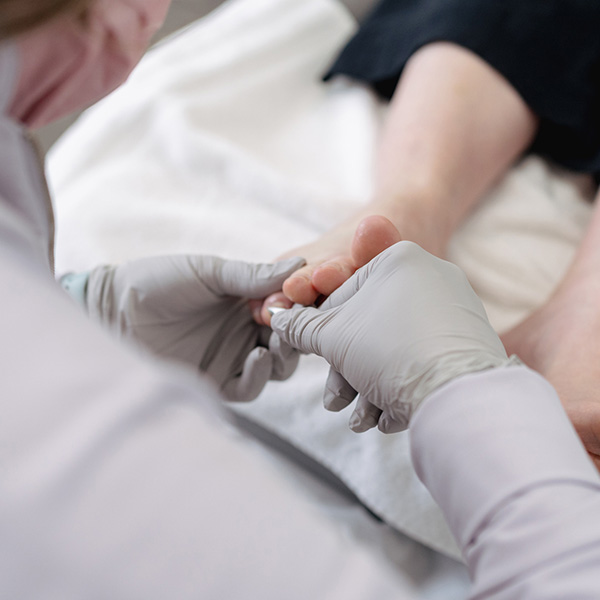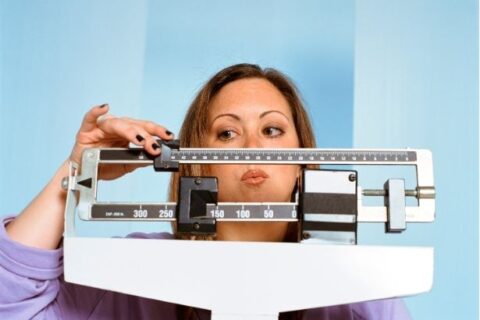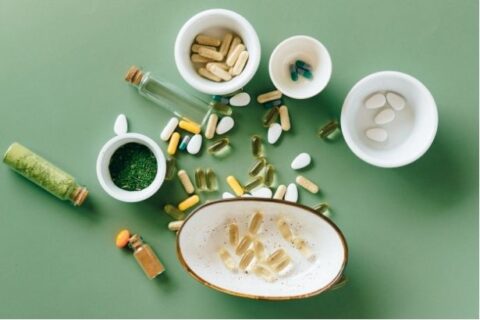How Does Hot Weather Affect Your Health?
You’ve heard the old saying: “It’s not the heat, it’s the humidity.”
Actually, for those of us who live in Florida, it can be BOTH.
Blistering Florida temperatures in July and August combined with rising levels of humidity can pose some very real health risks for many who live in the Sunshine State—even long-time natives. Here’s the how and why of how our climate can potentially impact your well-being.
Four Separate Health Danger Zones
The Arizona Department of Health Services has compiled an easy-to-read index chart found by clicking this link, illustrating the four combination levels of heat-plus-humidity that collectively result in a “heat index.” Too much of either, mixed together, can have your health heading for trouble. Briefly, here are the combination ranges:
- Heat Index 80-89 degrees Fahrenheit: It doesn’t take scorching temperatures to pose potential problems. A combination of an 80-degree July or August day in Florida even with modest humidity levels of 45-50 percent can be troublesome. At this Heat Index range, fatigue is possible with prolonged outdoor exposure and/or exercise.
- Heat Index 90-104 degrees Fahrenheit: This range can be produced with July and August temperature combinations of 85-degrees and humidity levels beginning at 60 percent. That pairing is not uncommon in Central Florida, especially as our traditional afternoon thunderstorms tend to build. Health risks at this level include the possibility of Sunstroke, heat cramps, and heat exhaustion, especially with prolonged outdoor exposure and even moderate exercise.
- Heat Index 105-129 degrees Fahrenheit: Now, we are talking serious heat. This range can be produced when actual temperatures of 90-degrees combine with humidity levels of 70-percent or higher—not uncommon in the late afternoon hours of Florida’s dog days of summer. Health risks at this range are likely, including Sunstroke, heat cramps and heat exhaustion, especially if outdoor exposure includes much in the way of physical activity.
- Heat Index 130-degree Fahrenheit and above: Lock the door, stay inside and turn up the air conditioning. A blistering day in the mid-90s with humidity nearing the 70-percent mark poses serious health risks, even for the young and healthy who are used to being outdoors. Heat stroke and Sunstroke is highly likely, especially when combining Heat Index this high with even moderate outdoor physical activity.
If your activities or job have you out and about in Florida’s summer climate, there are measures you can take, to minimize your health risks and protect yourself from the potentially harmful combination of heat and humidity.
Dr. Lauren Moak, Brevard Health Alliance Family Medicine Physician, advises to mix in a little common sense with your outdoor summer exposure.
“Whether you’re outside all day for a job or choosing to spend time outdoors for a beach day, one of the most important ways to stay safe and healthy is to stay well-hydrated. All of your vital organs like your heart, brain, and kidneys need water to function, and you can lose a lot of water very quickly when sweating in the hot summer sun.
“For an average adult, the CDC recommends drinking at least 1 cup of water every 20 minutes when you’re sweating heavily – nearly a quart of water per hour! Try drinking 1-2 cups of water before you go outside, so you start the day hydrated and carry a reusable water bottle with you that you can refill frequently throughout the day. Take frequent sips throughout the day rather than drinking water all at once, and don’t wait until you’re thirsty, as this is a sign that you are already becoming dehydrated.”
Moak adds that supplementing water with sports drinks can be helpful if you choose the right sports drinks.
“Most people can maintain enough electrolytes with drinking water and eating normal meals, but if you’re going to be outside for longer than a few hours, having a sports drink may be beneficial to replace some of the salts that your body loses in sweat. Don’t overdo it though, as these drinks are often laden with sugar that can add unnecessary calories. Avoid energy drinks and sodas, as the caffeine can increase your heart rate and make you more susceptible to the effects of dehydration.”
Go easy on the alcohol in the summer heat, too.
“Alcohol can also worsen dehydration and its effects, even beers and seltzers which may seem refreshing. If you are choosing to drink alcohol while out at a barbecue or the beach, make sure you alternate with drinking regular water.”
BHA’s Family Medicine practitioner suggests frequent breaks and self-monitoring are two other ways to help tame the summer heat.
“It is also important to take frequent breaks from the heat if possible. Move indoors to a cool area, or at the very least, into a shady spot where you can avoid direct sunlight.
“One good way to check your hydration status is by checking the color of your urine – if it changes from pale yellow to dark amber, this is a sign you are dehydrated and need to drink water and move out of the heat. If you start to feel any signs of heat exhaustion such as headache, nausea, lightheadedness, cramps, or confusion, move to a cool space immediately. Take small frequent sips of water or a sports drink, remove any tight clothing and apply cool rags or take a cold bath or shower to cool your body.
Moak also cautions that even a dip in the pool or a little body surfing at the beach may hide the real impact heat indexes may have on your body.
“Water activities at the pool or beach are a great way to cool off from the summer heat, but may mask effects of dehydration or heat exhaustion. You may not notice how much you are sweating, but your body still has to work very hard to cool off. Even if feeling cool in the pool, it is important to take frequent breaks to rest, rehydrate, and get out of the sun.”
She closes out her healthy advice by pointing out that two age groups need to pay particular attention to the impact of summer heat combined with humidity.
“Children and elderly are certainly more susceptible to the effects of heat and may be less able to respond to thirst signals or signs of heat exhaustion. It may be helpful to set a timer for kids to take consistent breaks for 15-20 minutes per hour when engaged in outdoor activities and make sure to bring plenty of water and snacks if you will be outside for long. Check-in frequently with kids and older adults to make sure they are feeling well and that there are no signs of confusion or disorientation. Choosing to do outdoor activities in the early morning or later evening can be helpful for any age group to beat the heat (and may have fewer crowds as well!) For anyone with chronic medical conditions or taking daily prescription medication, be sure to speak with your medical provider about your risk for heat-related illness and ways to stay safe and healthy.
“Taking these precautions can ensure that no matter what your summer plans, you stay healthy and safe in the sun!”

















































































































































